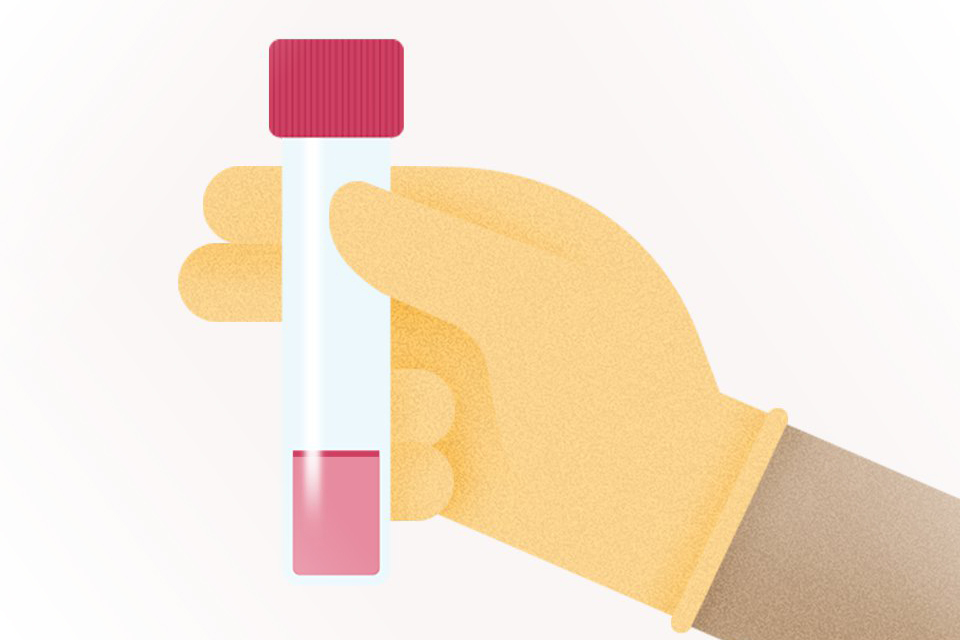Common Genetic Breast Cancer Test Already Outdated
Early on, the most common way to find breast cancer was physically feeling for any lumps or unusual growths or nodules in the breast. While this is still recommended by many doctors as a form of self-examination, it doesn’t always reveal cancer or doesn’t always say what lump or nodule is.
Since my wife’s older sister (23 years to the day older) had breast cancer this caused my wife to regularly check herself. One day she felt a lump and asked me to verify and I also felt it. We went to the doctor and he too could feel the lump. He suspected it could be nothing more than a fluid filled cyst, so he used a long needle in an attempt to aspirate the fluid, but nothing would come out. He ordered an ultrasound which revealed it was nothing more than what they called a minor mastitis which soon disappeared.
In time, x-rays were used to detect lumps or tumors, but like former methods, the x-rays cannot always tell of the lump or tumor is cancerous or benign, leading to some form of biopsy to make that all-important diagnosis.
Then came genetic testing, following the unraveling of the human genome and ability to identify specific genes and their mutations that cause various illnesses, including cancer. Women worldwide hailed the identification of two genes that were tied to increased risk of developing breast cancer – BRCA1 and BRCA2 genes.
Since then, tens of thousands of women have been tested for the presence of these genes and some who tested positive opted to undergo radical double mastectomies without any signs of cancer, but done as a preventative measure. Perhaps the most notable case was that of actress Angelina Jolie, the daughter of actor Jon Voight. After testing positive for the BRCA1 gene and being told she had an 87% chance of developing breast cancer, she had both breasts and her ovaries removed to reduce her risk.
There is no doubt that this genetic testing has saved the lives of countless women, but Jessica Salamone, ScM, CGC, Director of Genetics Counseling at Elizabeth Wende Breast Center, says this life-saving genetic testing is already outdated and leaving countless women still in danger but feeling they are safe.
Salamone commented:
“While they’re called the breast cancer genes, they are so much wider than that, so much broader than that. That it is important.”
“If you only use outdated complex guidelines that say these are the woman who should seek genetic testing, you’re actually going to miss a number of women who have these genetic mutations and are there by at high risk for cancers moving forward. There are genes for colon, uterine, ovarian, skin, and pancreatic. And there are more things we can be doing for those patients moving forward, in terms of screening and when to begin.”
“If you only use outdated complex guidelines that say these are the woman who should seek genetic testing, you’re actually going to miss a number of women who have these genetic mutations and are there by at high risk for cancers moving forward. There are genes for colon, uterine, ovarian, skin, and pancreatic. And there are more things we can be doing for those patients moving forward, in terms of screening and when to begin.”
The bottom line – if you have undergone standard testing for the BRCA1 and BRCA2 genes and have been told that you don’t have either gene, don’t walk away feeling you are safe. As technology advances, more genes are being discovered that increase the risk of developing breast cancer. This means not to let up on your regular screenings, physical or mammogram.









Recent Comments